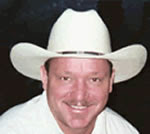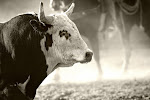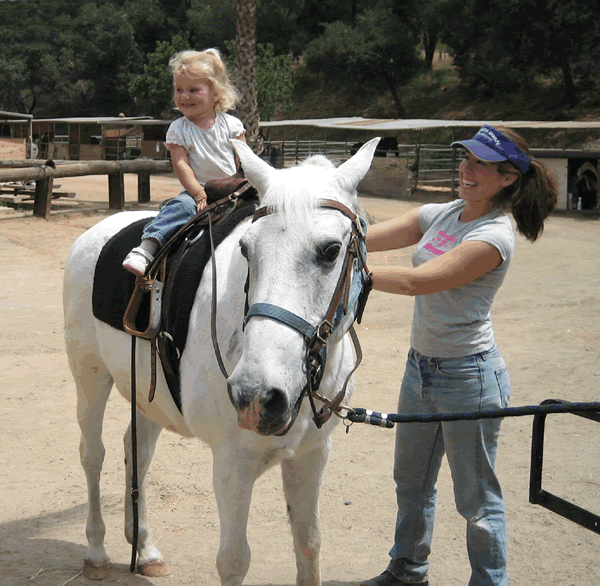 I need parental controls for my computer!
I need parental controls for my computer!No, it’s not what you think- I don’t have a young child who I want to protect from pornography sites or Internet predators. I need parental controls for ME. I need a program designed to block me every time I surf on over to HorseChitChat, “just to look”. Something that will prevent me from being able to browse the rescue websites, ripe with statements like “these broodmares must be rescued in three days or they will go to slaughter!”
You see, I’m a sucker. I don’t fall for pyramid schemes, and I never buy anything unless I know what it costs, what it should cost, and what it costs at three other places. But when it comes to horses, I am weak.
It all started about 10 years ago, when I innocently started looking at horse rescues in my area. I already had a perfectly nice, sound, competitive horse at the time- but I was bored, and wanted a project. It seemed simple enough- rescue a nice horse that is going to be killed, put some time and training on it, sell it to a good home, and rescue another one.
Simple, right? It sounded like a good plan to me, so I found a flashy bay Thoroughbred type mare that was going to slaughter, and brought her home. She was three, and not even broke to the halter, but she was cute and athletic, and had lots of potential. In the beginning, things went OK. She was headstrong, but smart, and within about 6 months she was broke to ride and going like an average young horse, but with a few more surprises in store.
She had a way of making you think that you were totally in control and everything was going great- until she changed her mind, and left you sitting in mid air, wondering where the horse that was just under you had gone. She was difficult to read, and when she was good, you never trusted it completely, and waited for the other shoe to drop.
After a good foundation in dressage, we started doing some small jumping, and she showed a natural talent, and looked to be a nice little amateur hunter. But despite continued training, lessons, clinics, she still had the tendency to be unpredictable. Ok, looking back, I now see that she was often really, really bad… but the times when she was good, she was so very good that she could string you along, and I put up with the many bad times for those few times when she showed such promise. I kept thinking she would grow out of it…
Throughout this time, she began showing signs of foot soreness- subtle at first, and easily controlled with shoeing. We started to show a bit, and while we didn’t win any championships, we didn’t embarrass ourselves either. She’d have a bout of lameness, we’d take a few weeks off for shoeing changes, injections or whatever else seemed to help for a short time. Then she’d come back for a few weeks, get ready to show again- and go lame again.
This continued for about 4 years, until the lameness began getting worse, and the riding times were well shorter than the lame times. She hadn’t grown out of her bouts of temper tantrums or occasional bad behavior- if anything, they got worse the older she got.
At this point, I had put so much money into training and vet care, and so much of myself into bringing her along, that I was devastated. I found a pasture where she could live, and turned her out- and she’s never been happier.
As for myself, despite my experience with this mare, I’ve fallen for the same “scheme” of horses a few more times since. A lovely mare with an injury, who just needed a place to recuperate for a while before she was going to be a great show prospect… that one keeps the first mare company in the pasture. And another, a gelding rescued as a weanling who required several surgeries to fix the infirmities inherited to him by poor genetics- the jury is still out on him, but I’m not holding my breath… oh well, I guess the mares won’t mind a gelding to keep them company.
Yes, I need parental controls on my computer. Something that will never let me look at another picture of a horse headed to slaughter, or one that has been abandoned and needs just “one surgery to be 100%”. I can’t look- and if I do, I’ll bring it home- and there is definitely no room at this inn. Despite the best intentions, lots of hard work, and too much money, all I’ve got to show for it are three very happy, fat pasture ornaments, who I am sure will live with me forever, blissfully ignorant of my now-antiquated desire to save their lives, then find them good homes.
And my original horse, the one I was bored with when I decided to get my first rescue? Yep, he’s still going. I have to have at least one to ride, don’t I?
I also have a big issue with horse forums they are such a great to talk about horses and get answers to any questions I may have. The problem lies with how many hours I spend on them! Especially when they are as friendly as horsechitchat's forum.
Well enough for now I have to go look at some horses! :)
Equineman







